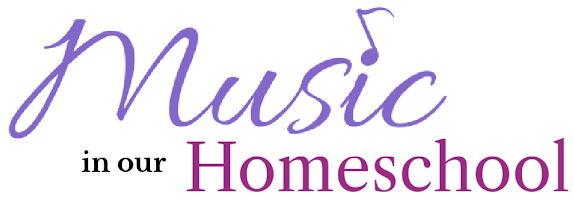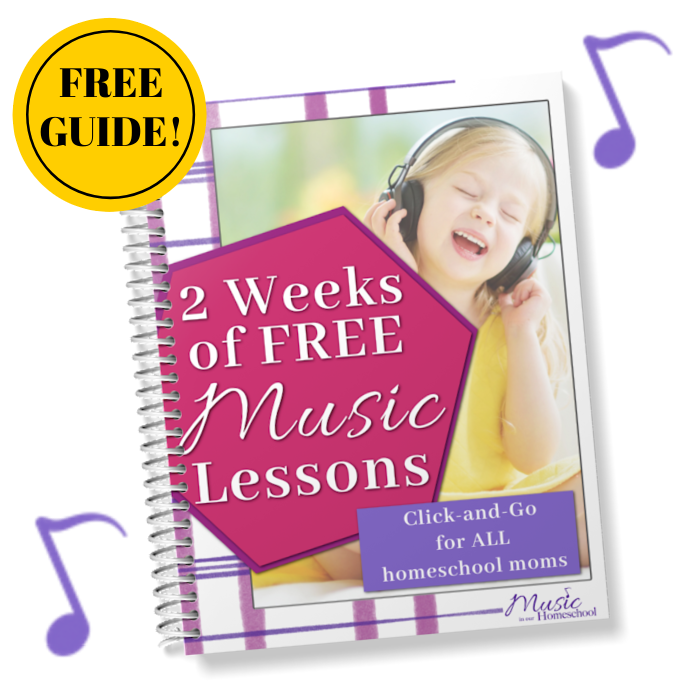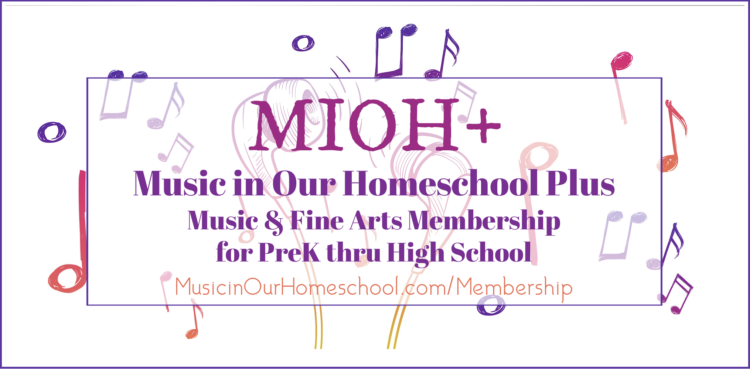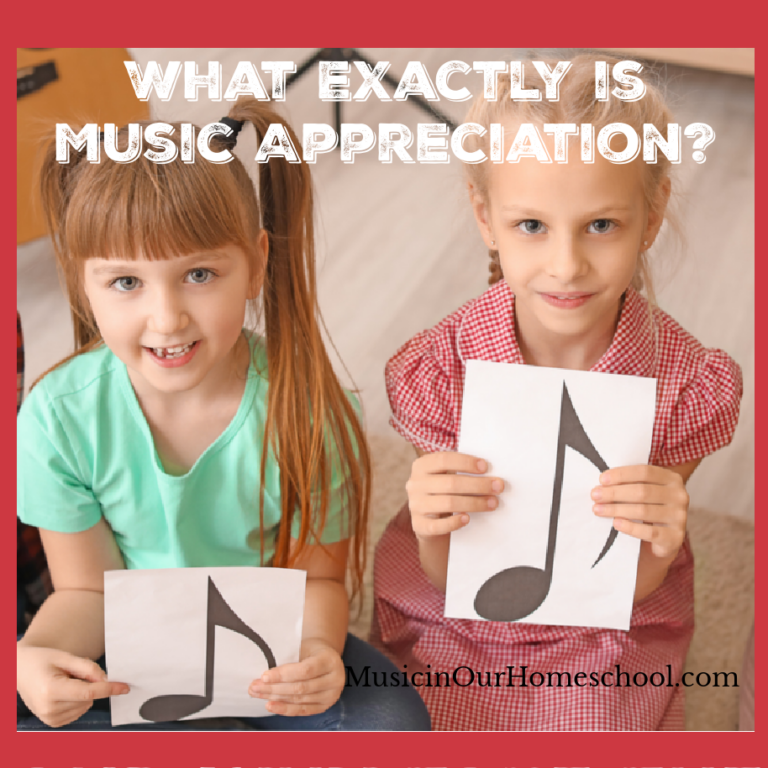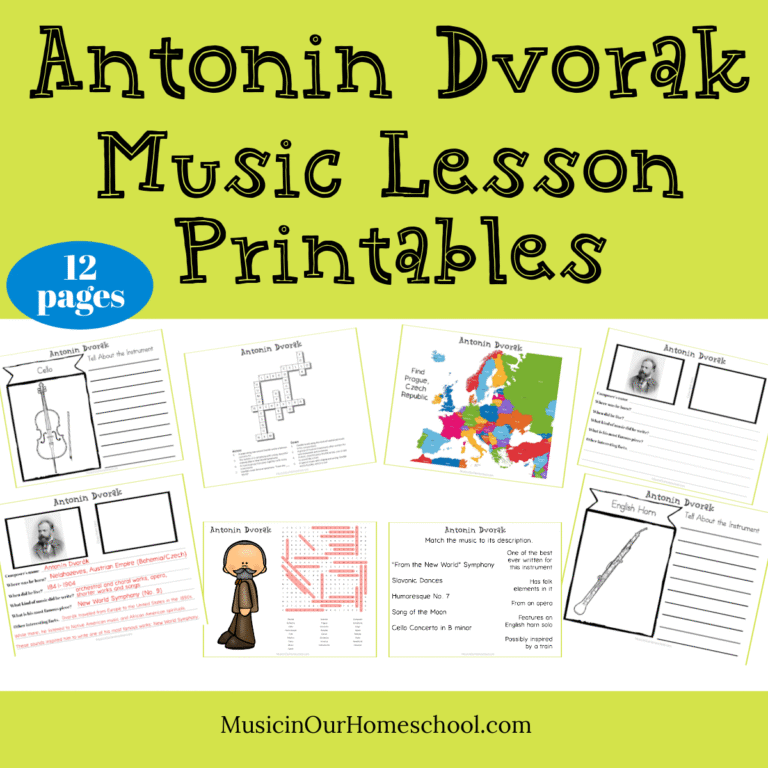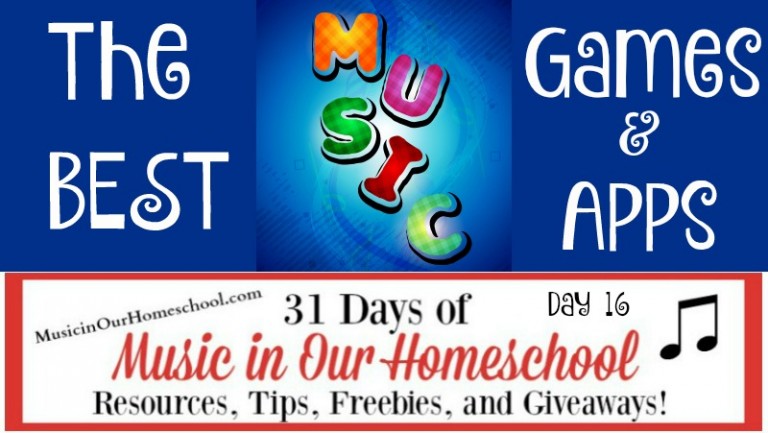The Alluring Story of Songs and Instruments Shakespeare’s World
[Today's article “The Alluring Story of Songs and Instruments Shakespeare's World” is by guest contributor Cassidy Cash.]
William Shakespeare's plays are renowned not only for their captivating narratives and profound themes but also for their seamless integration of music and song. Learn about the songs and instruments in Shakespeare' plays today.
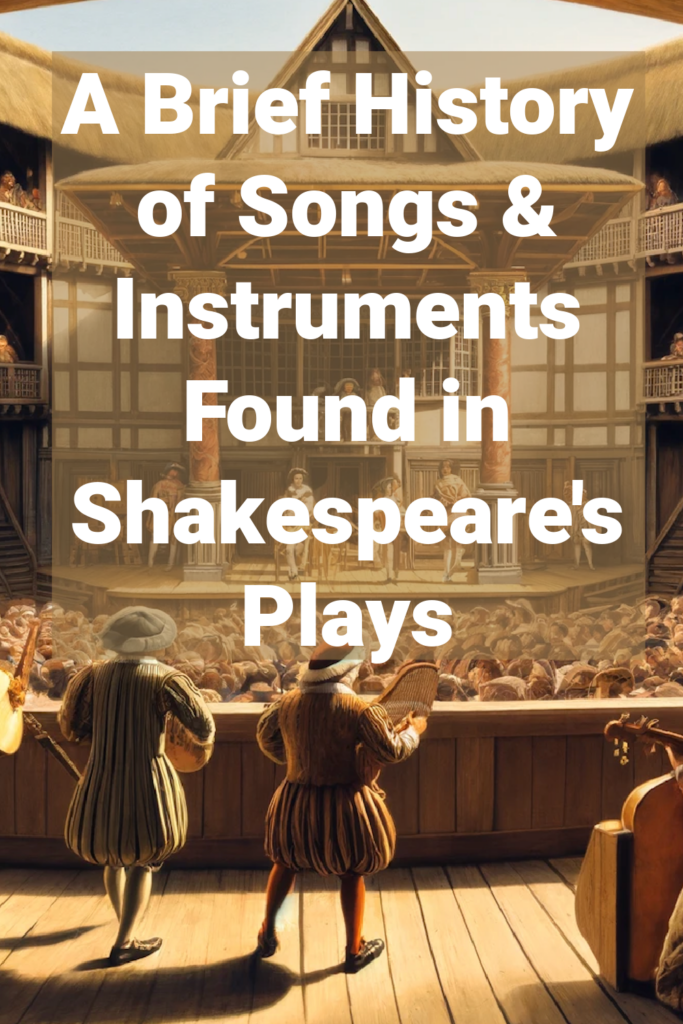
Take, O Take Those Lips Away from Measure for Measure
One such example is the haunting lyric “Take, O Take Those Lips Away” from the play Measure for Measure. This song, composed by the 16th-century musician John Wilson, perfectly encapsulates the play's exploration of love, betrayal, and the complexities of human desire. Shakespeare's masterful use of music adds depth and emotional resonance to his works, transporting audiences to the heart of the Elizabethan era.
At the beginning of Shakespeare’s play, Measure for Measure, the character Mariana sings this song:
Take, O take those lips away,
That so sweetly were forsworn;
And those eyes, the break of day,
Lights that do mislead the morn!
But my kisses bring again, bring again,
Seals of love, but sealed in vain, sealed in vain!
Measure for Measure (IV.1)
John Wilson, a 16th-century composer, wrote this song. Wilson moved to London around 1614, and he was Professor of Music at Oxford after Shakespeare died, from 1656-1661. Wilson was part of a group of artists and musicians in the court of Charles I, including several of Shakespeare's contemporaries such as Ben Jonson, Inigo Jones, Anthony van Dyck, Henry Lawes, and John Coprario. Many of Wilson's songs, like this one, were composed specifically for the theatre.
Musicians on Staff at Elizabethan Theaters
While early modern theaters did not employ full orchestras in the same way we have them in physical theaters today, at many of the playhouses in England during Shakespeare’s lifetime it was quite common to have a variety of musicians either on staff as part of the playing company, or hired in a way similar to a contract basis might be considered in the 21st century.
They would be brought into the plot of the play as an accompaniment, serving much more than background ambiance. While music could set the tone for the plot of the play itself, it was often an active character on the stage, with a role to play of the same caliber as that of any leading man or woman.
In Shakespeare's scripts, you can see stage directions that include cueing the music in and out of performance, as well as some stage directions that even name the particular song or musical piece to be used at that particular moment.
In addition to playing a role on stage, music was also the star of the prelude portion of the play, being performed before a play started and then after the play concluded; especially in locations like The Globe Theater.
The music which came after a play was in place much like the cartoons or newsreels that used to play after movies at theaters in the late 40s and 50s for American cinema. This music and dance at the end of a production was called a jig, and the performance of the musical number was frequently in stark contrast and immediate contradiction to the action on stage–offered as a type of comic relief.
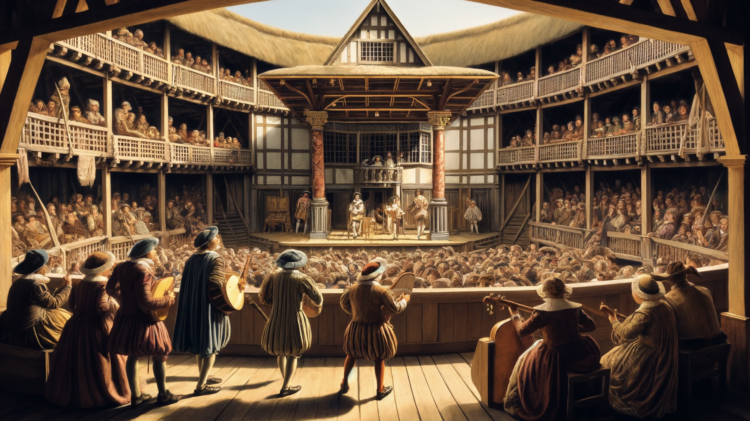
Dancing at the End of Hamlet
For example, at the end of Shakespeare’s Hamlet, all of the actors who had just minutes before been scattered about the stage having met their demise as characters, would now rise and the entire cast would engage the audience in a jig. This dance was often completely off-topic, generally bawdy, and designed to make the audience laugh. In that way, the jig served as a respite and recovery period after an intensely tragic production like Hamlet.
Musicians Right Up on Stage
Given that music was a character and member of the cast as much as any player, you may not be surprised to learn that musicians brought their instruments onto the stage rather than play in an assigned orchestra pit. For William Shakespeare’s playing companies, the musicians were there to create an atmosphere as much as they were for entertainment.
When it was time for an instrument to contribute to the performance, a fellow actor from the company (or perhaps a hired musician under a contract-like setup) would go onto the stage and play the musical piece required, or in some cases specifically called for in the script.
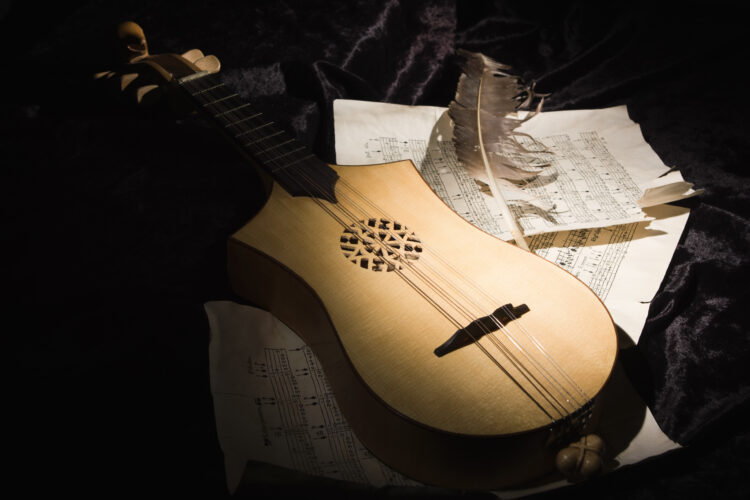
Instruments of the Elizabethan Period
Popular instruments included the hurdy-gurdy (also called a symphonia), the virginal, the lute, the crumhorn, the shawm, the fife, the spinet, and the hautboy, among others.
You can listen to a hurdy-gurdy and learn how to play it here:
If you're interested in learning more about music and instruments of the 1500s and 1600s, check out Gena's online music history course Music History of the Middle Ages through Classical Period.
Where the Shakespeare Musicians Played
While we think of the famous balcony of Romeo and Juliet when we talk about balcony scenes, the elevated area above the stage at The Globe Theater was also an ideal location for musicians to sit when contributing music to a play.
Another place they could sit to perform was actually on stage right beside the actors in the main performance space, or there was a third level to The Globe Theater, often referred to as the Musicians Gallery where musicians could sit to perform their pieces and be out of sight of the audience. This gallery is most similar to the orchestra pit of today's theaters in that the music “appears” but is not seen.
Shakespeare-Online describes the Tiring House portion of The Globe Theater as being specifically designed with musicians in mind:
“Rising from behind the stages was the tiring-house, the three-story section of the playhouse that contained the dressing rooms, the prop room, the musician's gallery, and connecting passageways. The tiring-house was enclosed in curtains at all times so the less dramatic elements of play production would be hidden from the audience. (Source.)”
This Gallery section of the theater was not exclusively dedicated to musicians, however, as the space also served as a storage area for props, as well as an entrance or exit point for more elaborate stage effects.
The Songs from Shakespeare's Plays
Many of the actual songs used by William Shakespeare are either missing entirely or when the lyrics are known, often the musical accompaniment is long lost to antiquity.
Interestingly, there is evidence to suggest that not only did Shakespeare use music in his plays, but he could have composed a few songs as well. In studying the stage directions and dialogue of his plays, we find instances where Shakespeare includes a song and sometimes modern historians are divided about whether it is an example of Shakespeare writing a song, or whether he was adapting a popular melody.
Plagiarism was not a known concept at the time, and certainly, copyright laws were substantially different (along with what constituted an artistic compliment since stealing someone else's words was often seen as a sign of professionalism rather than the opposite that is true today). Therefore, not only would it have been acceptable for him to steal a song from another artist in order to use it in the play, but doing so was largely an established part of industry practice during the 16th century.
Conclusion of Songs & Instruments in Shakespeare's Plays
Shakespeare chose to use music in his plays to make the experience better for people watching at that time. Music was played before the plays started and during funny dance numbers at the end. The music helped set the mood, made the story more interesting, and provided comic relief.
Instruments, such as the hurdy-gurdy, lute, and crumhorn, gave a sense of the lively music scene in England during Shakespeare's era. While some of the original tunes are now lost, songs like “Take, O Take Those Lips Away” show how well Shakespeare wove music into his great works. This combination of storytelling and music still amazes audiences today.
Did you enjoy learning about songs and instruments in Shakespeare's plays today? Leave a comment and let me know what you love. I'm happy to receive questions or requests for more information, too!
